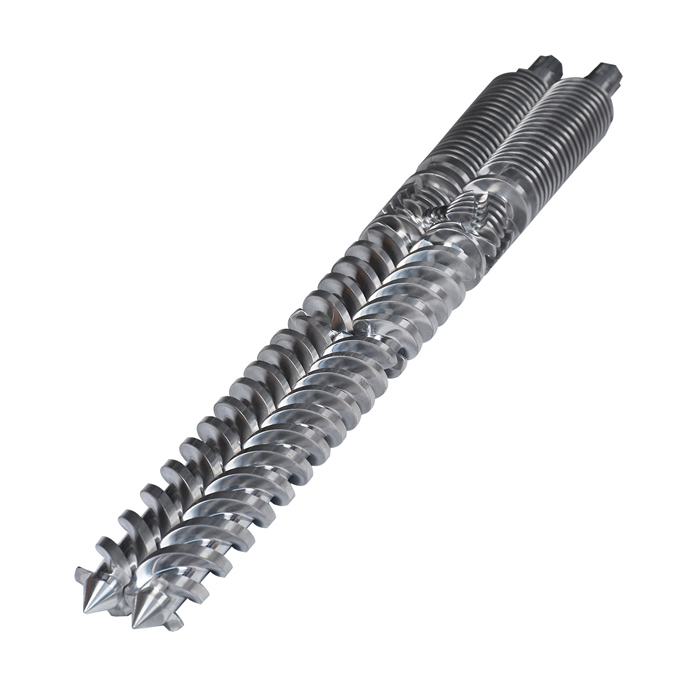Features and functions of Bimetallic Screw Barrels
2024-06-18
A bimetallic screw barrel refers to a specialized component used in extrusion and injection molding machines, particularly in plastic processing industries. Here’s a breakdown of its key features and functions:
1. Construction: The screw barrel is made from two different metals that are bonded together. Typically, the core of the screw barrel is made from a highly durable and heat-resistant alloy, such as nitrided steel or tool steel. This core is then clad with a layer of a different metal, often a corrosion-resistant and wear-resistant alloy like tungsten carbide or a cobalt-chromium alloy.
2. Purpose: The primary purpose of using bimetallic screw barrels is to enhance the performance and lifespan of the screw barrel under demanding processing conditions. Plastic materials used in extrusion and injection molding processes can be highly abrasive and corrosive, which can lead to rapid wear and deterioration of standard screw barrels. The bimetallic construction helps to mitigate these issues by providing a tough, wear-resistant surface while maintaining a strong and durable core.
3. Advantages:
- Wear Resistance: The cladding material (outer layer) is chosen for its superior wear resistance, which extends the operational life of the screw barrel.
- Corrosion Resistance: Certain cladding materials also offer excellent resistance to chemical corrosion, enhancing durability in aggressive processing environments.
- Improved Performance: Bimetallic screw barrels can maintain consistent performance over longer periods compared to conventional screw barrels, reducing downtime for maintenance and replacement.
4. Applications: Bimetallic screw barrels are commonly used in extrusion and injection molding machines across various industries, including automotive, packaging, construction, and consumer goods manufacturing. They are particularly beneficial for processing materials that are abrasive, corrosive, or require precise temperature control during processing.
5. Manufacturing Process: The manufacturing of bimetallic screw barrels involves techniques such as centrifugal casting, welding, or powder metallurgy to bond the cladding material to the core material. Each method has its advantages depending on the specific requirements of the application and the materials used.
In summary, bimetallic screw barrels are critical components in plastic processing machinery, offering enhanced durability, wear resistance, and overall performance compared to traditional screw barrels. Their specialized construction makes them well-suited for handling the challenges posed by modern plastic processing techniques.



